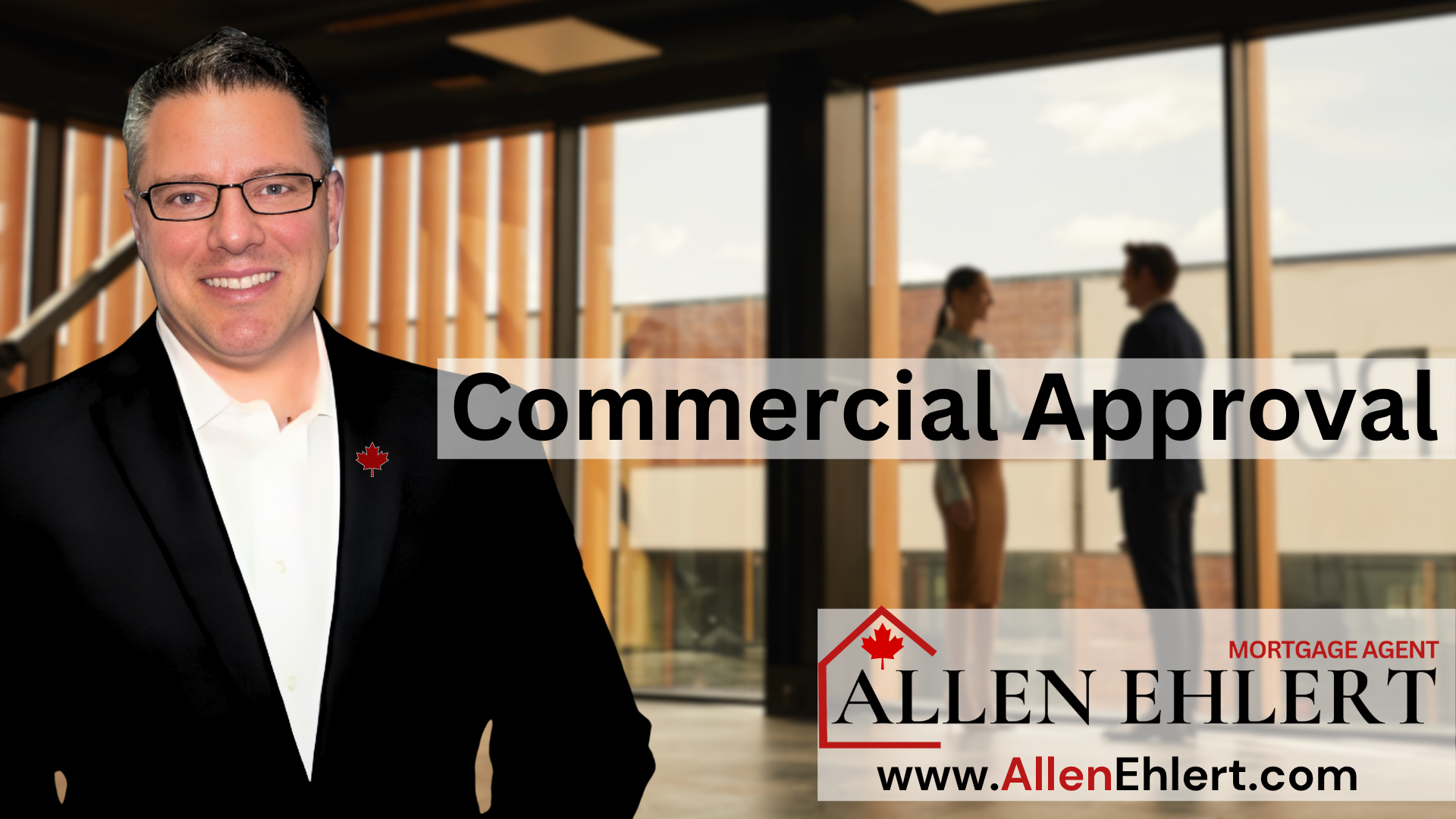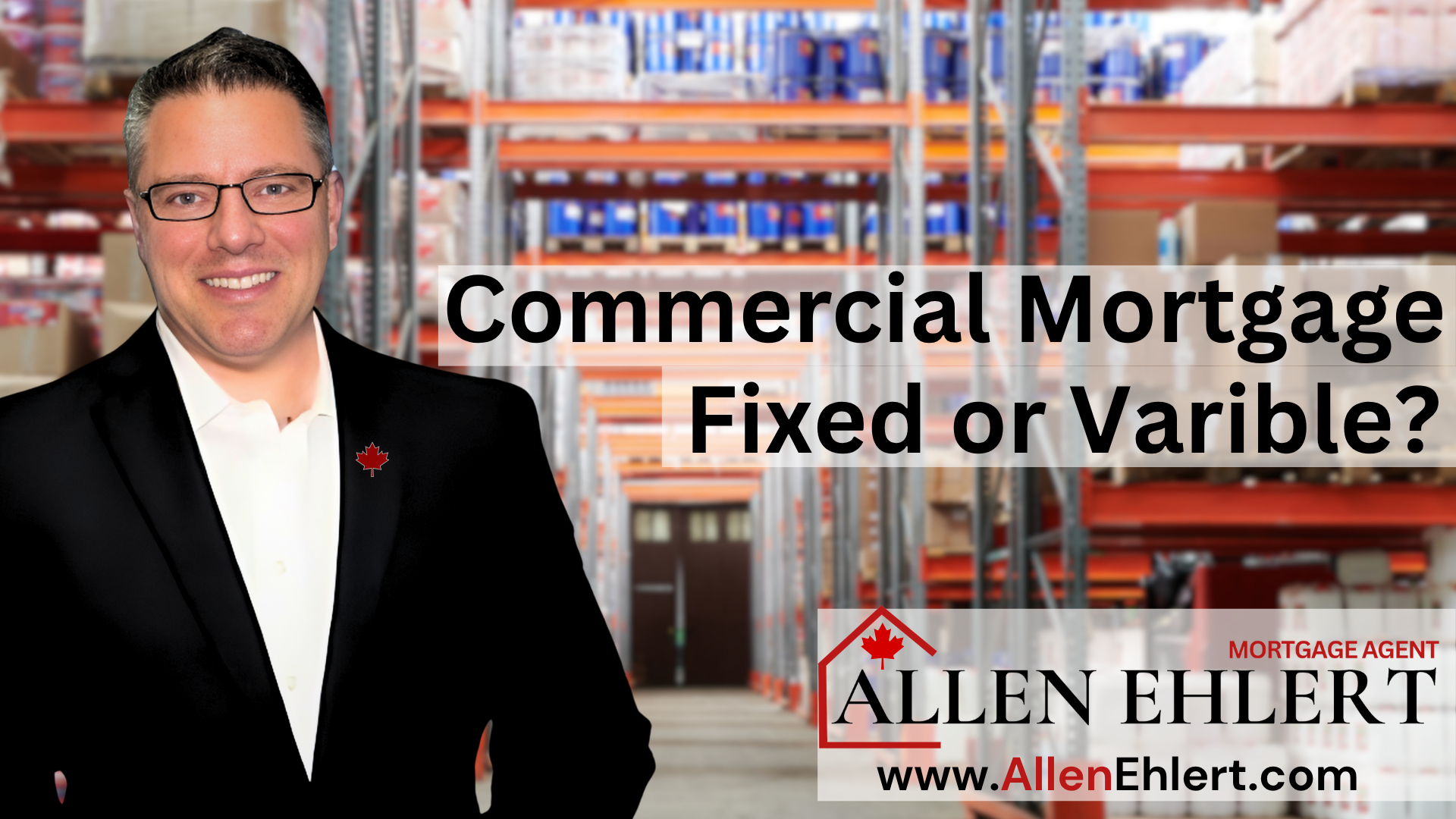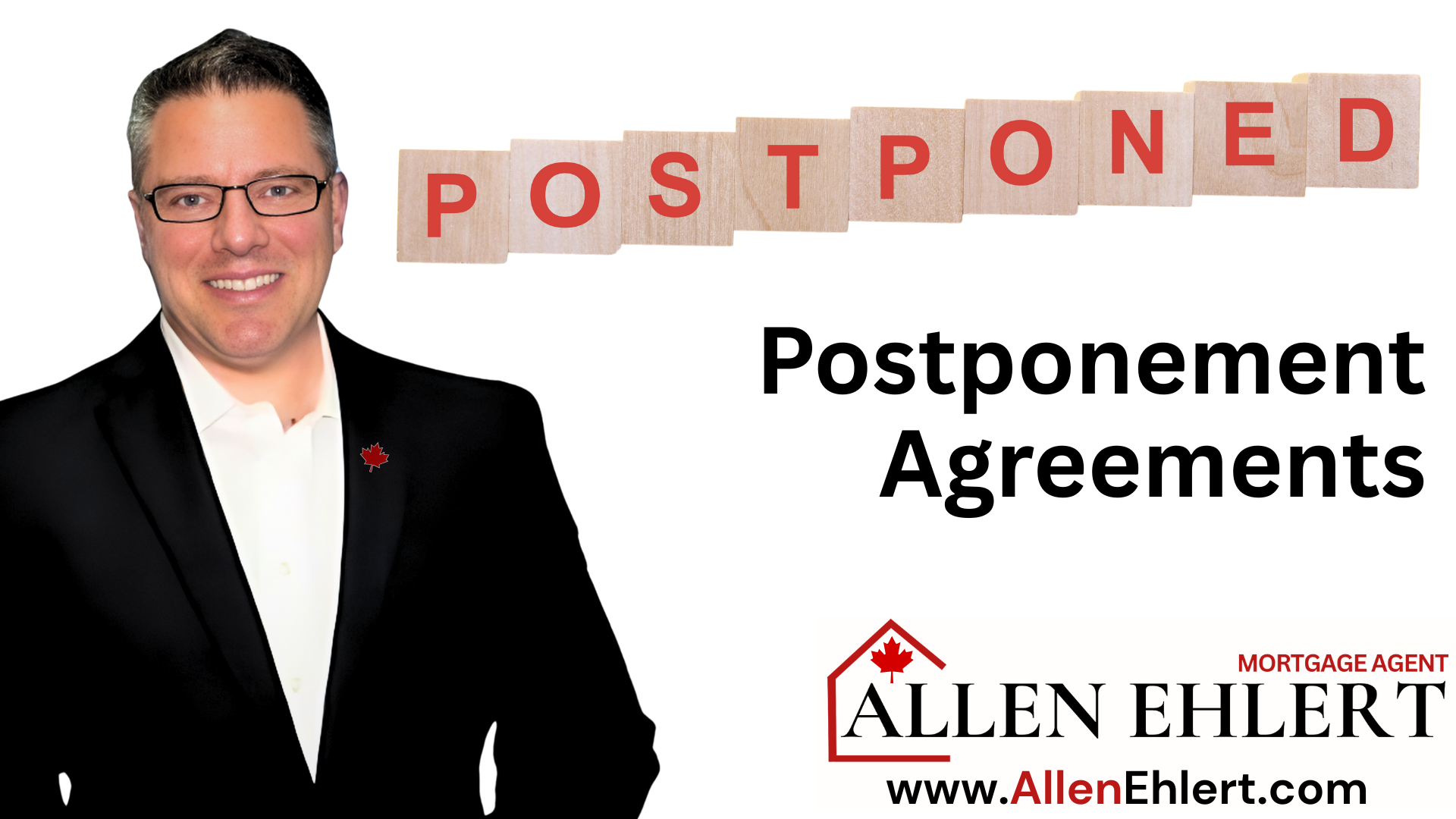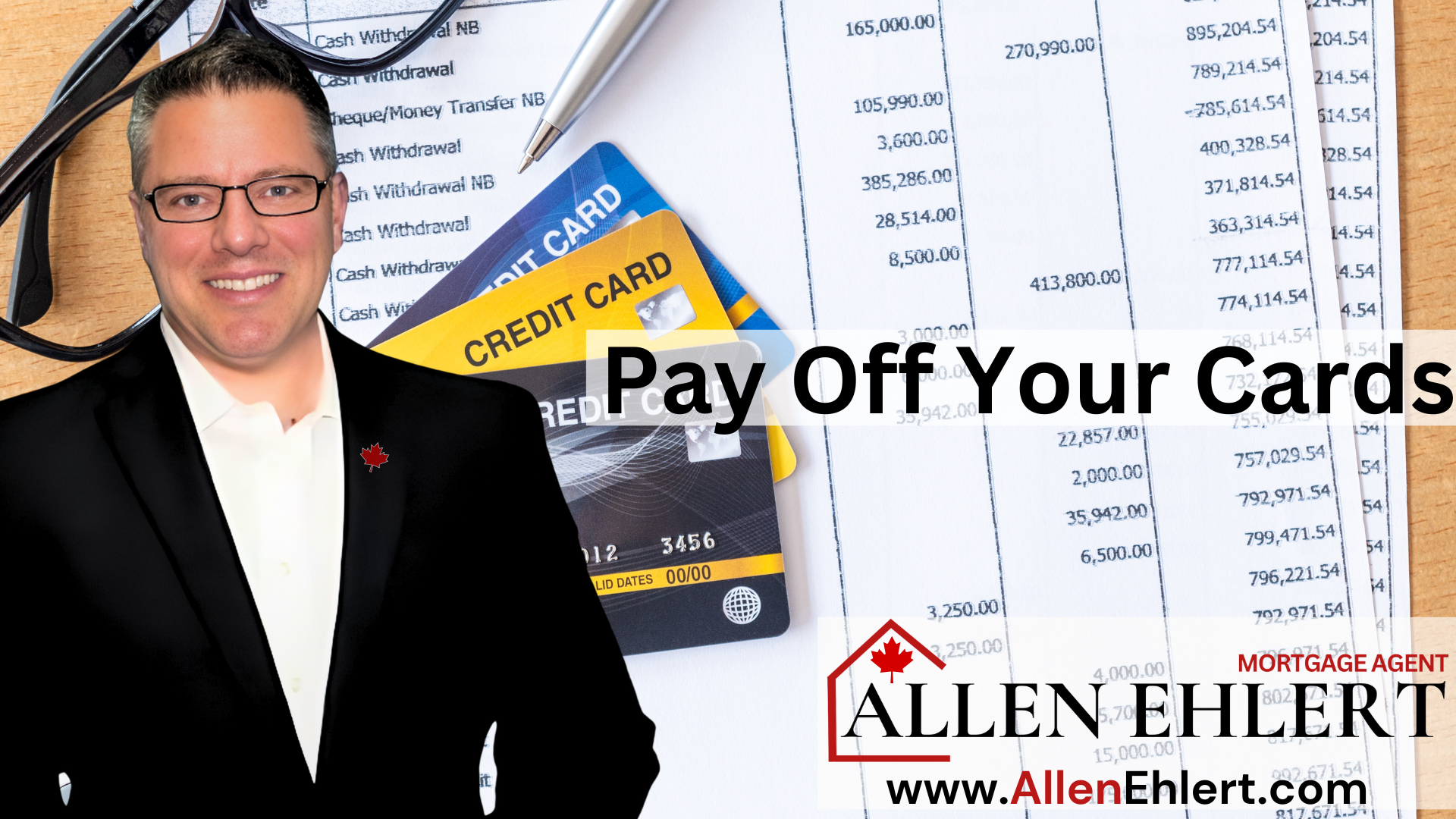… How to Prep for a Commercial Mortgage Like a Pro
If you’re gearing up to apply for a commercial mortgage, here’s something you need to know right out of the gate: this is not your average, everyday residential mortgage application. Commercial lending is a different animal altogether. Lenders want more paperwork, more proof, and more patience.
But here’s the good news — with the right preparation, you can avoid most of the common headaches. In fact, getting ahead of what lenders want to see is half the battle. When you’re organized, thorough, and show up with your ducks in a row, you’re far more likely to get the terms, rates, and financing you need to make your project work.
So, let’s walk through exactly how to prep for a commercial mortgage application like a seasoned investor or savvy business owner.
What I’m Covering:
Get Clear on Your Objective and Financing Needs
Gather Your Financial Documents (Personal & Business)
Prepare the Property Details and Supporting Reports
Understand the Lender’s Perspective
How You Can Use This Knowledge in Practice
Get Clear on Your Objective and Financing Needs
Before you go shopping for lenders, you need to get crystal clear on what you’re trying to achieve. This isn’t just about buying a property — it’s about understanding how the financing fits into your bigger picture.
Ask yourself:
- Are you buying to hold long-term for cash flow?
- Are you buying to renovate, reposition, and refinance?
- Is this for your business to operate from, or purely an investment?
- How much financing do you need, and how much are you putting down?
When you know your end game, you can better align your application with lenders who specialize in that type of deal.
Gather Your Financial Documents (Personal & Business)
This is where a lot of folks get tripped up — they underestimate just how much documentation commercial lenders want to see.
Here’s what you’ll need to have ready:
Personal Financials:
- Personal Financial Statement (assets, liabilities, net worth, liquidity)
- Tax returns (last 2-3 years)
- Credit report
Business Financials (if applicable):
- Business financial statements (last 2-3 years)
- Interim financials (year-to-date income/expenses)
- Tax returns (last 2-3 years)
- Articles of incorporation, ownership structure
Liquidity Evidence:
- Bank statements
- Investment account summaries
The more organized and complete this package is, the easier it is for lenders to say “yes.”
Prepare the Property Details and Supporting Reports
The property itself plays a starring role in your approval. Lenders want to see that this asset is solid, income-producing, and marketable.
You’ll need:
- Rent rolls and current leases (for rental properties)
- Historical operating statements (2-3 years ideally)
- Appraisal (ordered by the lender, but you should budget for it)
- Environmental reports (Phase I, possibly Phase II)
- Building condition reports, if applicable
- Market analysis or feasibility studies (for new developments)
The stronger the property’s financial performance and condition, the better your financing options.
Understand the Lender’s Perspective
Here’s the deal — lenders aren’t just looking at you. They’re looking at the property, the income, and the exit strategy.
They want to see:
- Debt Service Coverage Ratio (DSCR) of at least 1.20 (meaning the property earns 20% more than its debt payments)
- Loan-to-Value (LTV) typically no higher than 65-75%
- Stability of cash flow — long-term tenants, solid leases, predictable income
- Market strength — properties in growing, stable areas with demand
When you prepare your package with the lender’s mindset in mind, you remove objections before they even come up.
How You Can Use This Knowledge in Practice
Let’s say you’re buying a small retail plaza. Instead of scrambling last-minute, you:
- Collect all your leases, rent rolls, and financials in advance.
- Update your personal financial statement and verify your liquidity.
- Get an environmental report ordered early, so there are no surprises.
- Prepare a clear summary explaining why this property is a smart investment — strong tenants, great location, steady cash flow.
Or maybe you’re refinancing a 10-unit apartment building. You could:
- Show improved NOI through rent increases or reduced expenses.
- Present clean, updated financials for the property and yourself.
- Highlight stabilized occupancy and a solid DSCR.
The goal is to hand lenders everything they need on a silver platter — no guesswork, no chasing documents, no unanswered questions.
Allen’s Final Thoughts
Commercial mortgage applications aren’t complicated — if you’re prepared. The folks who struggle are usually the ones who treat commercial lending like residential. They show up with half the paperwork, vague answers, and hope for the best. That’s not how this game is played.
The better prepared you are, the smoother the process, the stronger the approval, and the better your terms. Preparation is power in commercial financing.
And that’s exactly where I come in.
How I Can Help
As your mortgage agent, I’m not just here to help you apply — I’m here to help you position your deal for success from the very beginning.
Here’s how I help you win:
- Clarify your goals so we target the right lenders
- Organize your documentation so it tells a compelling story
- Identify gaps or weaknesses early so we can fix them
- Prepare a professional presentation package lenders respect
- Guide you through the entire process so nothing gets missed
Whether you’re buying, refinancing, or expanding, I’m here to make sure you’re approaching this with confidence, strategy, and the kind of preparation that makes lenders take notice.
Let’s chat about your next commercial move — and how we can get it done right, from the start.












